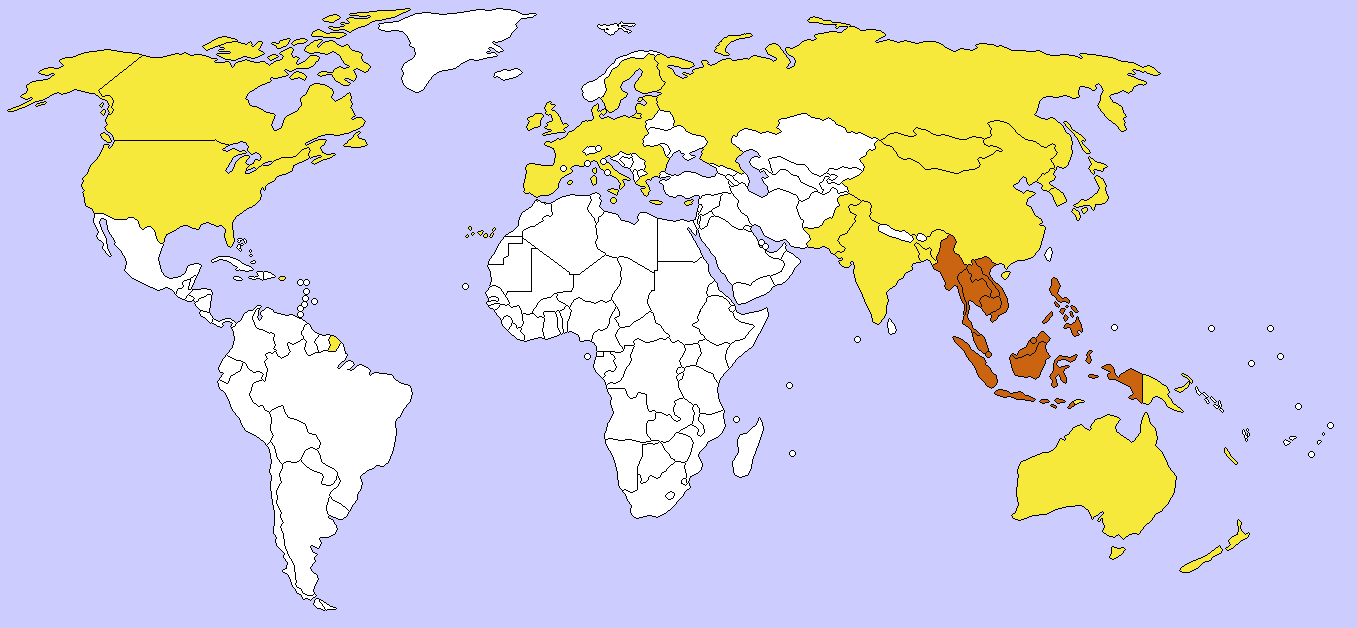China has moved to elevate its ties with the ASEAN bloc to a “comprehensive strategic partnership”, fuelling speculation that Beijing might recalibrate its South China Sea strategy to counter the US-led QUAD.
- At €7.8B, Why Indian Rafale Jets Are ‘Double The Cost’ Than Egyptian Rafales?
- Why Did Netizens ‘Mock’ Nigeria For Importing JF-17 Fighter Jets From Pakistan?
Currently, China enjoys the highest level of diplomatic ties with Pakistan followed by its comprehensive strategic partnership with the EU and ASEAN (Association of Southeast Asian Nations) members Vietnam, Laos, Cambodia, Myanmar, and Thailand.
Resetting Ties With ASEAN
Apart from the discussions on the Covid-19 pandemic, the South China Sea was a major agenda discussed in a recent meeting with ASEAN members.
“We are willing to strengthen dialogue and consultation with different parties in the South China Sea to properly manage differences and jointly maintain the overall stability of the South China Sea situation, and avoid unilateral actions that intensify conflicts,” Chinese Foreign Minister Wang Yi said.
The South China Sea dispute between China and its littoral states continues to hog the limelight. China claims the entire resource-rich maritime region as its territory and has been accused of muscle-flexing and bullying by ASEAN members Vietnam, the Philippines, Malaysia, and Brunei for entering their Exclusive Economic Zone (EEZ).

China refuses to accept the 2016 judgment of the Permanent Court of Arbitration (PCA), initiated by the Philippines. PCA held that certain features in South China such as Johnson Reef, Cuarteron Reef, and Fiery Cross Reef are rocks so cannot be claimed by China.
They also declared that China had violated the Philippines’ rights in seizing Scarborough Shoal.
Since then, several reports have highlighted how China continues to violate the maritime boundaries of littoral states. Just last week, a PLA aircraft was seen in contested waters off the coast of Malaysia.
The diplomatic rapprochement with ASEAN potentially signals towards a possible shift in China’s approach vis-à-vis the maritime conflict is concerned. The two parties are already in talks over a “Code of Conduct” in the disputed sea.
EurAsian Times earlier reported on the inability of ASEAN states to counter and negotiate with Beijing over the South China Sea.
Strategy Aimed At US-led QUAD?
The US has largely maintained positive bilateral and regional ties with the ASEAN bloc. In 2019, at the annual ASEAN summit, the group adopted a joint “ASEAN Outlook on the Indo-Pacific”, which was seen as a diplomatic victory for the US.
During the pandemic, the QUAD consisting of the US and three important regional powers — India, Australia, and Japan — materialized into a regional bloc with a vision on “free and open Indo-Pacific”.
An extension of QUAD is in the talks with prospective allies such as Vietnam, New Zealand and Indonesia joining the bloc.
China has held its dislike and suspicion of the group since its inception. Calling it a military alliance, China has repeatedly dismissed the group as an “Asian NATO”.
It is also critical of the US Navy’s Freedom of Navigation (FONOPS) exercise passing through the South China Sea.
The 2020 Asia Power Index published by Lowly Institute, an Australia-based think tank, showed the United States is ranked at the top, outperforming China in its own neighborhood.
Aiming to compete for influence in the region, China’s strategic choices seem to shift towards making friends than enemies in its neighborhood.
Written by Apoorva Jain
VIEWS PERSONAL
READ MORE
- Watch: The Ultimate Dogfight Between US & Russian Fighter Jets Over A ‘Top-Secret’ Air Base In Nevada
- Why India’s Ladakh Region Is Crucial For China’s Rise As An Economic Super-Power?
- 30 Times Faster Than Speed Of Sound: Is China Really Winning The Hypersonic Race With Its JF-22 Wind Tunnel?